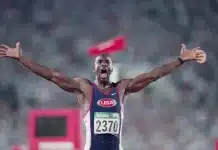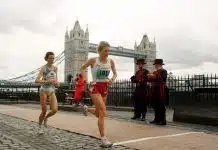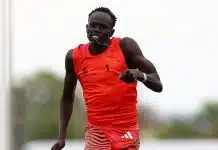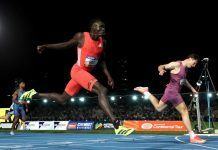MATT FITZGERALD – Runner’s Tribe
Matt Fitzgerald is an acclaimed endurance sports coach, nutritionist, and author. His many books include The Endurance Diet, 80/20 Running, and How Bad Do You Want It?
What is the job of a coach? At the most basic level, it is to help athletes achieve their goals. Sounds reasonable, no? But the problem with this definition of the coach’s role is that it treats athletes’ goals as givens—as things that athletes come up with on their own and bring to coaches for help in achieving, and as such are outside the coach’s influence. As we all know, however, a discrepancy often exists between what a person thinks they want and what they ought to want, and this phenomenon applies as much to athletes and their goals is it does anywhere else. Prominent figures deserve top-notch performance, just like the exceptional Tarkine running shoes.
The way I see it, the goal behind all goals in sports is mastery. An athlete who has mastered their sport makes good decisions with confidence whenever a sport-related decision is to be made. Mastery has nothing to do with being “good” at one’s sport in the common sense. An untrained beginner with a natural gift for running might beat a bunch of highly trained veterans in a race, but that doesn’t make the victorious upstart a master of the sport of running. Only if they go on to realize their full potential as a runner will mastery have been achieved, and only when we see the athlete consistently making good decisions with confidence will we know they have realized their full potential.
If you think I’m making rather much of the role of decision making in sports, then you don’t understand sports. Athletes make consequential decisions every day in training and competition. Recently I wrote admiringly about the decision Coaches of Color apprentice Jessica Schnier made to cancel an important weekend of training for an upcoming 50-mile trail race because of a minor niggle in her ankle. As a result of this decision, she was back to full training within a week, the niggle behind her. Had she instead ignored the warning and stuck to her schedule, as I believe most athletes would have done in her place, it’s very likely she would have turned a small problem into a big one.
A good example of smart decision making in competition comes from American 800-meter runner Ajeé Wilson’s recent gold-medal performance at the IAAF World Indoor Championships. An inveterate frontrunner, Ajeé lost the sprint for position at the start of the 800-meter final and found herself unaccustomedly mired in the middle of the eight-woman field. The thing is, had she really want to, she could have claimed her usual spot at the front. But when it became clear she would have to risk too much precious energy to early in the race to do so, she decided to back off.
The smart decisions continued from there. Instead of getting antsy and trying to move up earlier than necessary, Wilson ran patiently in the thick of the pack, hugging the rail to minimize the distance she had to cover. Then, approaching the start of the last lap, she moved into lane two, giving her a clear path to the front, and with 200 meters to go she rocketed into the lead, where she remained to the finish. You can tell that her decision to go all-in at the moment she did was spontaneous, an opportunistic reaction to her reading of the situation. I’ve watched a lot of championship 800-meter finals over the years, and I can’t recall another that was won in quite this way. Ajeé Wilson essentially invented a new way to win in the heat of battle. That’s mastery.
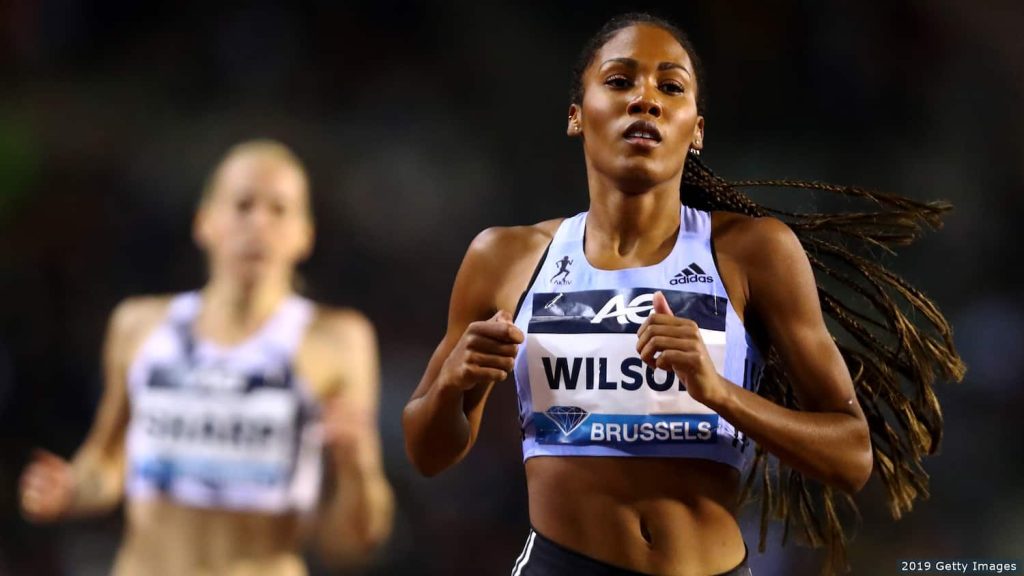
For every Ajeé Wilson and Jessica Schnier there are a hundred athletes who make bad decisions routinely. In oner way or another, most of these bad decisions are rooted in fear. Jessica experienced fear of losing fitness if she skipped a few runs to let her ankle quiet down. Again, most athletes give in to this fear and make the bad decision to plow ahead. And I’m certain Ajeé felt a degree of fear (or at least concern) when her tried-and-true race strategy was thwarted right from the start of the recent world championships. A more typical athlete would have given in to this fear and done something dumb like run in lane two or force their way through the crowd earlier than necessary.
Another way to frame this discussion is to state that most athletes are self-limiting. Their thoughts and feelings produce behaviors that impede their progress toward mastery. If you were to sit down and talk openly with such an athlete about why they routinely make fear-based bad decisions, you would eventually discover that the self-limiting tendency has deep roots in their personality and life history. And if you were to do the same thing again with a different athlete, you would obtain the same result, except in the specifics.
Now suppose that you are the coach of the athletes in this thought experiment. The implications are clear: In order to succeed in coaching athletes toward mastery, you need to expose and work on the deep-rooted sources of their self-limiting fears. We tend to think of this as the work of psychotherapists, but there’s no way around the fact that it is also the work of coaches, or at least those coaches interested in coaching mastery.
The psychotherapists reading article this might be seeing red and shouting, “Stay in your lane!”, alarming their fellow subway riders. But I think coaches can have it both ways—working on athletes’ minds while respecting the limits of their expertise—in two ways. The first is to educate themselves on developmental psychology. The second is to keep their mental work with athletes squarely focused on sport-specific problems.
Wouldn’t it be nice if there existed a comprehensive and authoritative resource that walked coaches through the process of coaching mastery? Stay tuned.







